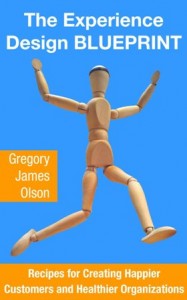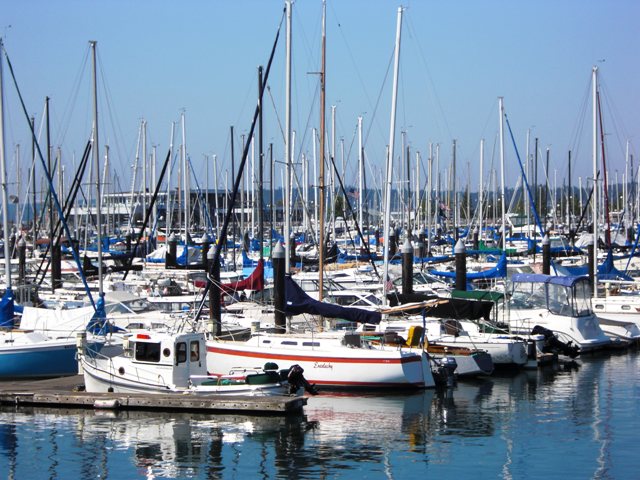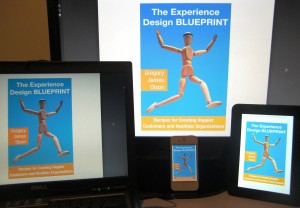We do it with food and wine. We also do it with relationships.
We test ideas for value. Sometimes we do this as though we are on autopilot. We’ve all tasted food before committing to consume the entire meal, or sniffed and sipped before imbibing fully in a glass of unfamiliar wine.
But, sometimes in business, in government, and our organizations of all shapes and sizes we forget that we naturally test ideas.
In the confines of our organizations we often act differently than we do “in the wild.” After all, we have departments, hierarchies, biases, tenure, and a culture that isn’t solely our own. Most likely, it evolved and was never intentionally or thoughtfully designed. Our tolerance or intolerance rather, in that environment, changes.
Also, in our own life, we are inherently engaged. This isn’t necessarily the case in the workplace or volunteer space. Employee engagement is down and active disengagement is on the rise. If you work with others, picture this for those around you. That spells increasing trouble for being tolerant, embracing ideas, moving forward and innovation culture in general.
You may see the signs. You may be guilty yourself. We shut down the idea that may come at the wrong time or look unfamiliar. It’s as though we are saying of the new, “Oh no, I don’t drink, or eat, or do anything that you might be offering actually.”
We also shut down ideas that shift us slightly from our comfortable spaces. If the idea comes from outside or the new kid on the block we may especially disfavor it.
Sometimes, we don’t shut the idea down so much as we let it wither on the vine, like forgotten fruit. Avoiding the conversation, avoiding the vote, avoiding … period. It has the same result, namely no chance to be tested for value, no chance for progress.
Chances are, you have some ideas that are worth exploring. You’ve likely had past ideas fall victim to the filibuster of life. But, you’ll have more ideas. I hope they’ll get fair treatment.
Chances are also, that your current colleagues or one that you’ll meet for the first time soon, will have what could be the best idea ever. I hope you’ll really HEAR it.
As you head into the new month and new year, reflect on your own behavior. Choose to be an idea asset not an idea liability. Have the courage and tolerance to help explore, nudge along, develop, and breath life into budding ideas, no matter their sources, so that the benefits of good ideas may be felt in the real world. And, if the idea tested proves not valuable today, well, you’ll have something to morph, put on ice, or draw inspiration from. At the very least, you’ll have a story of collaboration to share over your next meal or sip of wine.
 To see contrasting stories between how a large mobile operator and a regional hotel and restaurant chain handle ideas in their respective innovation cultures, check out my book, “The Experience Design BLUEPRINT: Recipes for Creating Happier Customers and Healthier Organizations.”
To see contrasting stories between how a large mobile operator and a regional hotel and restaurant chain handle ideas in their respective innovation cultures, check out my book, “The Experience Design BLUEPRINT: Recipes for Creating Happier Customers and Healthier Organizations.”
See the Book and Author Summary PDF or visit my author page on Amazon.




